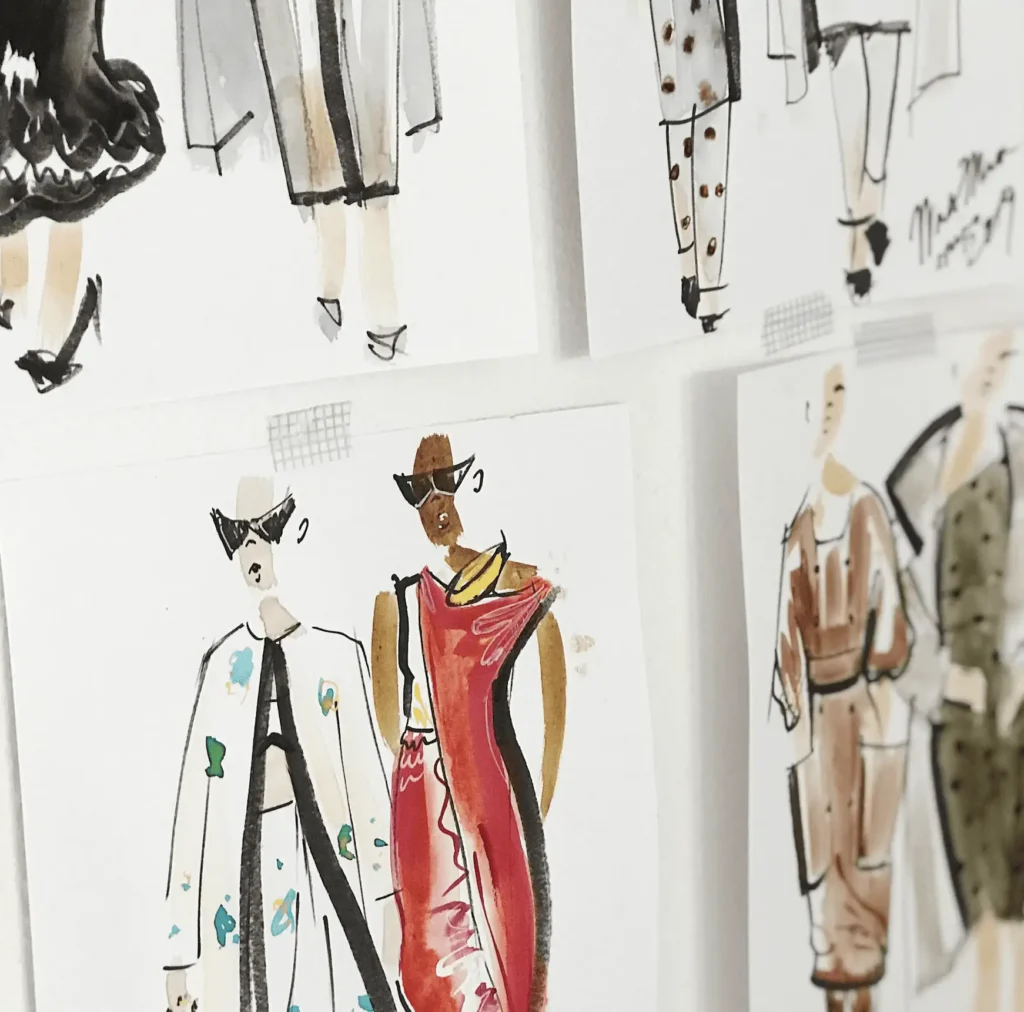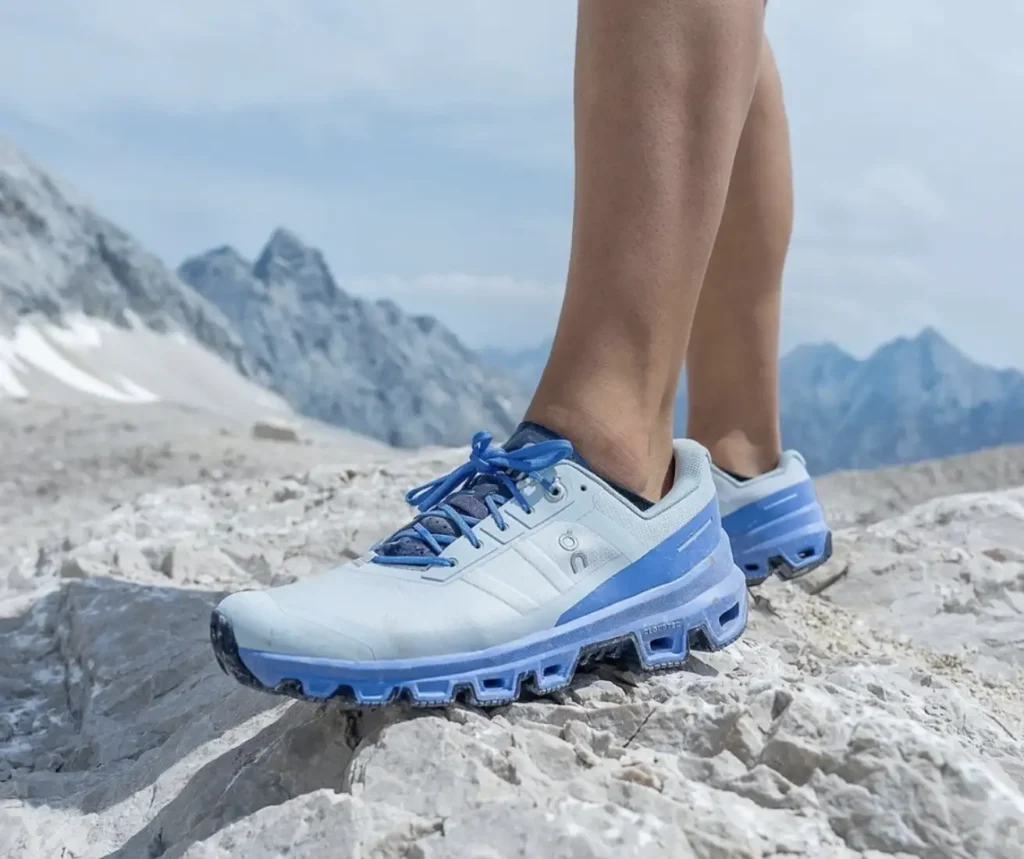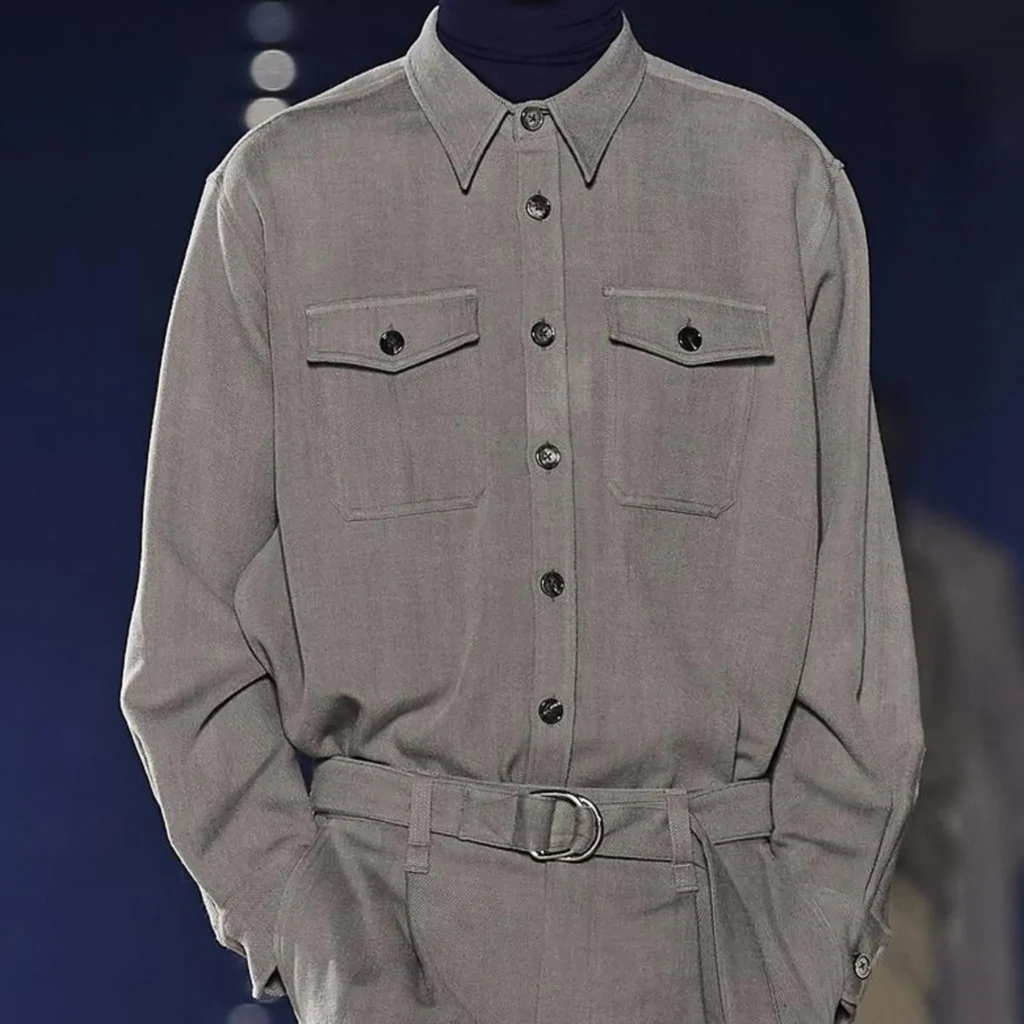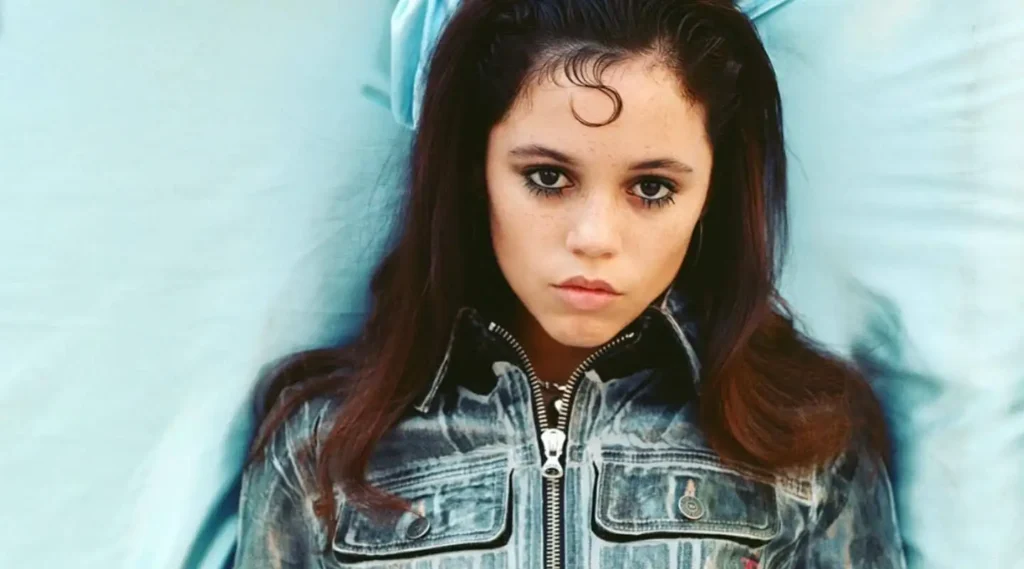Summary
- Retailers face pressure to predict upcoming trends accurately
- Trends are determined by popularity and influenced by multiple sources
- Trends have a bell-curve effect and can vary in lifecycle
- Data analysis can supplement trend forecasting
- External market data and internal data can help catch the next trend before it’s too late
- Analyzing data behind the runway, looking to trend leaders, and understanding key data points can aid in trend forecasting
- EDITED provides data-backed insights for successful retailing
When planning a product range that isn’t going to arrive in stores for another six to 12 months minimum, there will, no doubt, have been times when a crystal ball would have come in very handy. There’s huge pressure on retail product and merchandising teams to ‘get the trends right,’ often with few resources supporting that outcome.
So, What Is a Trend?
Essentially it’s a popularity contest – the products, categories, or themes that are popular in your customers’ world.
But Who Determines What Is Popular?
Trend influence has evolved from a more linear process of luxury designers creating looks picked up by magazine editors and popularised through editorial content to being impacted by multiple sources, whether social media, celebrities, music or cultural zeitgeists, micro-influencers and everything in between.
There’s also consistent talk of whether trends are slowing down or speeding up, and the truth is, it’s a bit of both! The lifecycle of a trend can vary hugely depending on the timing or season in which it emerges, whether it’s a micro-trend or a more consistent, classic trend with more longevity. The influence of sustainability and thoughts around consumerism are also impacting slower trend cycles.
The Lifecycle of a Trend
Trends tend to have a bell-curve effect; emerging and maybe niche trends begin small growing to have mass appeal and popularity at the peak before inevitable saturation and customer interest wanes, and the trend’s popularity begins to decline.Where you position yourself as a brand on that bell curve is crucial – as a trend leader, you’ll be looking to the front end of that curve before moving on to the next trend. If you have more mass appeal, you’ll be looking to take maximum advantage of the emerging and peak of the trend curve, getting out before the decline and associated markdown costs associated with pushing it for too long with a particular trend. But Off-Price brands, those with trend following or even counter-seasonal customers will still see benefits in analyzing peaking and declining trends.
Supplementing Trend Forecasting With Data
Trend forecasting is not an exact science and can be influenced by various factors, including cultural shifts, technological advancements, and economic fluctuations. Therefore, it’s critical for brands to supplement their trend forecasting with up-to-date information and data on the latest trends and developments in the market to ensure greater levels of predictability in a very unpredictable environment.
How Can External Market Data and My Own Internal Data Help Me To Catch the Next Trend Before It’s Too Late?
Analyze the Data Behind the Runway
Although the source of a trend is multi-faceted, there is no denying the heavy influence that runway collections still have on the apparel, footwear, accessories, beauty, and even homeware market. But with two main seasons, the four core fashion weeks, several emerging fashion weeks, the addition of pre-fall and cruise collections, Haute Couture, plus more specialist shows like Miami Swim Week, it can feel like an all-consuming task to absorb all the trend information you need to. So it’s beneficial to supplement your own research with digestible analyst reports and data-backed insights from across the shows. High-level theme overviews will support you in focusing your research where it needs to be, and category-specific reports and color analysis will immediately surface the areas where design and product development time is most needed and support the speedy creation of briefs to manufacturers. Speed to market is crucial in retail, so kick off your design and product development as soon as possible with the support of data-backed insights that will expedite the whole process.
Look to the Trend Leaders
Within each market, some brands are renowned for being ahead of the curve. It’s crucial to understand who those brands are and analyze their product strategy and how it might influence your own ahead of your assortment planning phase. While in-season, it’s critical to keep an eye on your competitors and even more aspirational brands to keep track of new products emerging in the market that you might be able to develop and get into your assortment quickly with close-to-home production. While other brands are great to keep an eye on, as we’ve already mentioned, trends are emerging from even more sources, so make sure you have access to GoogleTrends, Pinterest search terms, Instagram and Tik-Tok trend insights to give you a 360-degree view of what’s happening in the market.
Know the Key Data Points
There are some key data points that you will want to focus on to track emerging and declining trends in the market. Full visibility of these data points will help you make better decisions about investing or stepping away from a trend.
- “New -In” Products – How many new products aligned to a trend are being brought to the market? Track the increase of new products at trend lead, market-leading brands, and competitors to identify a product’s upward or downward trajectory.
- In -Stock Products – How many products in this trend are in stock? Align these insights with an understanding of whether the number of products held “in stock” is increasing or decreasing across the market to determine whether this product is building in assortments.
- “Majority sell-out “ data – How quickly are these products moving through the market? Are they coming in and selling through the majority of SKUs quickly? Are they being replenished? Are they consistently being sold at full price? Answering all these questions with data will help you pinpoint potential top movers in the market.
- Marketing Messaging – Is the trend being called out in a big way in marketing emails, ecommerce homepages and blogs? Track an increase in mentions or analyze how messaging has become more focused around the trend over time to validate further that the trend is important.
- “First discount” activity – When trending products are first discounted in the market, this can indicate that a trend has reached its peak and is now declining. You might want to refrain from investing any further or make some decisions about holding or converting future planned stock.
- Within your own data, some compelling insights might lead to capitalizing on a trend before it’s too late! Consider whether you have visibility into products with low availability, but high views – this metric will help you determine where there are products with trading potential in your assortment.
- What products are bringing new customers to your brand? Identify which new products are being bought most by new customers to identify where you may have hit on a trending product that’s bringing new customers to your door.
How Can EDITED Help?
Here at EDITED, we understand that trend identification is critical to successful retailing. Whilst we might not be that magic crystal ball that we all wish we sometimes had, we do have the key data points and insights you need to enrich your research and inject some much-needed predictability into the whole process. Get in contact to find out how our customers rely on these insights to uncover new trends and drive incremental revenue every season.
EDITED is the world’s leading AI-driven merchandising experience platform and empowers retailers with relevant-time decision-making that drives profit and inspires customers.







